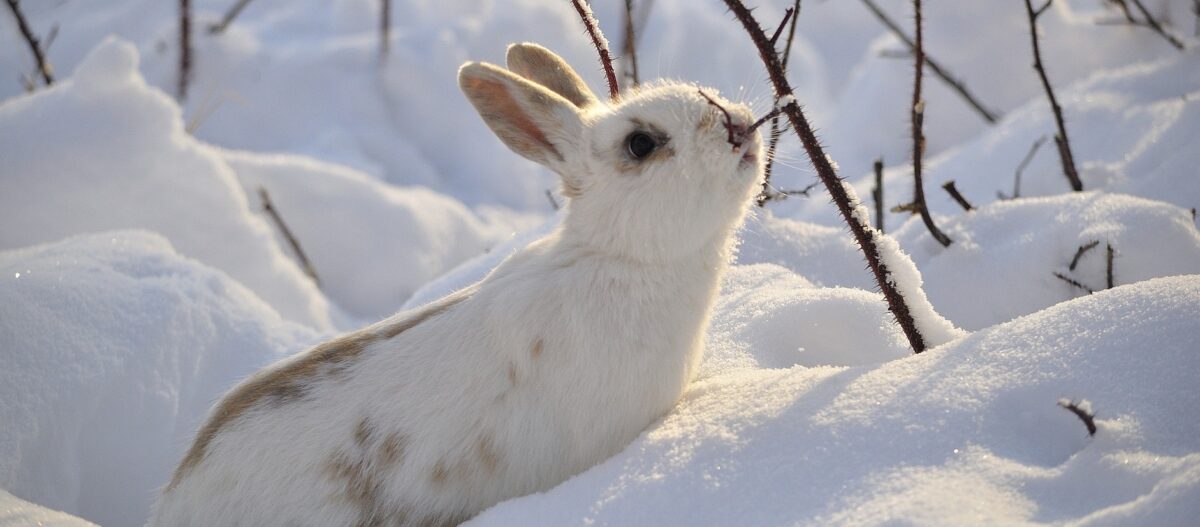Every fall, snowshoe hares change their color from brown to white to blend in with the snow. However, with global warming and decreasing snow in the region, their colors could be dangerous for their survival. A recent study shows that with climate warming, snowshoe hares are waiting longer to turn completely white, making them vulnerable to predators.
Unfortunately, waiting too long can be fatal for these hares, as they are less likely to survive the winter if they are still brown in the fall. The change in snowshoe hare colors is based on environmental factors such as temperature and snow depth, and the entire process of replacing fur can take a month. Due to these environmental changes, sometimes hares wait too long to change their color, making them more vulnerable to predators.
Snowshoe hares are a keystone species for many other animals in boreal forests, and a decline in their population could affect the entire ecosystem. In this region, these hares are among the 21 species of birds and mammals that change their color every year.
Source: Phys.org

